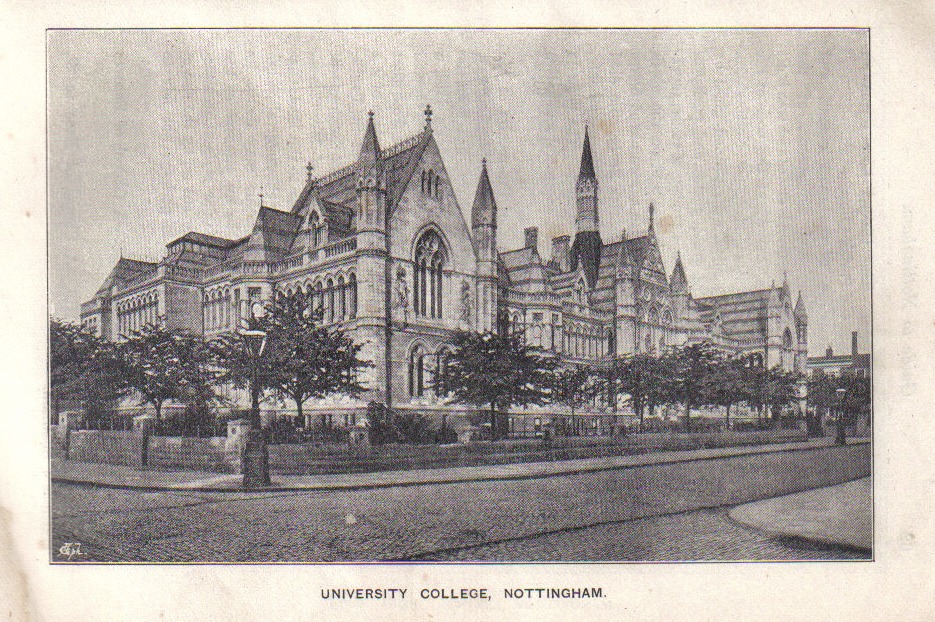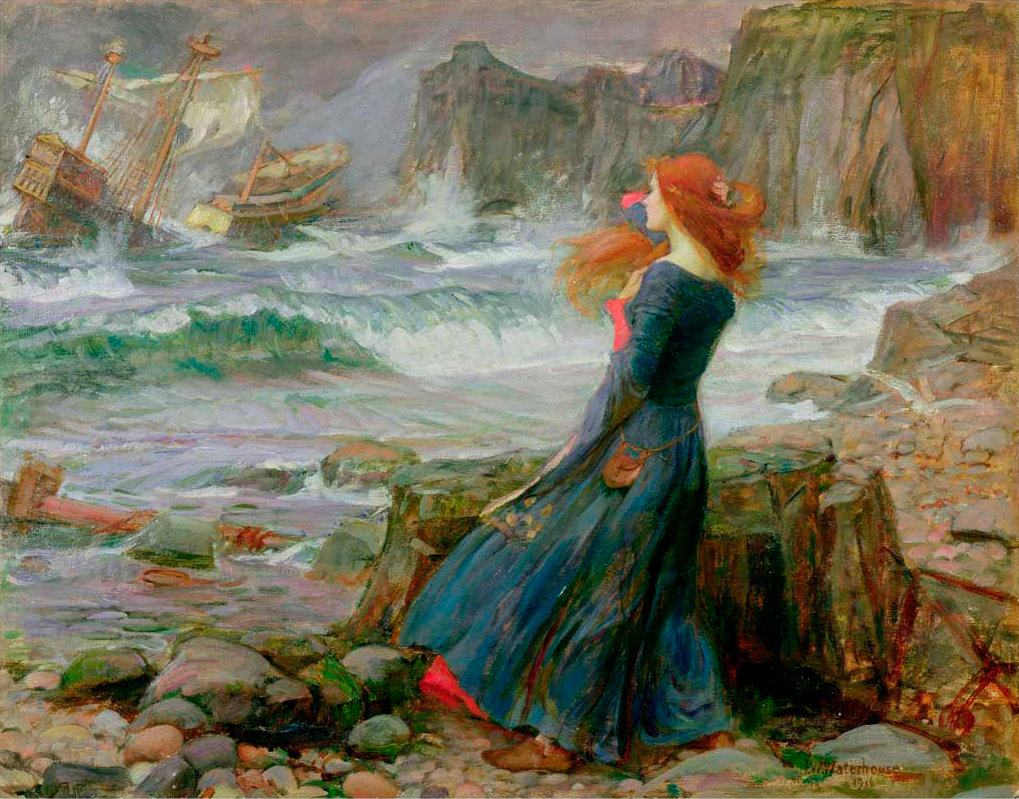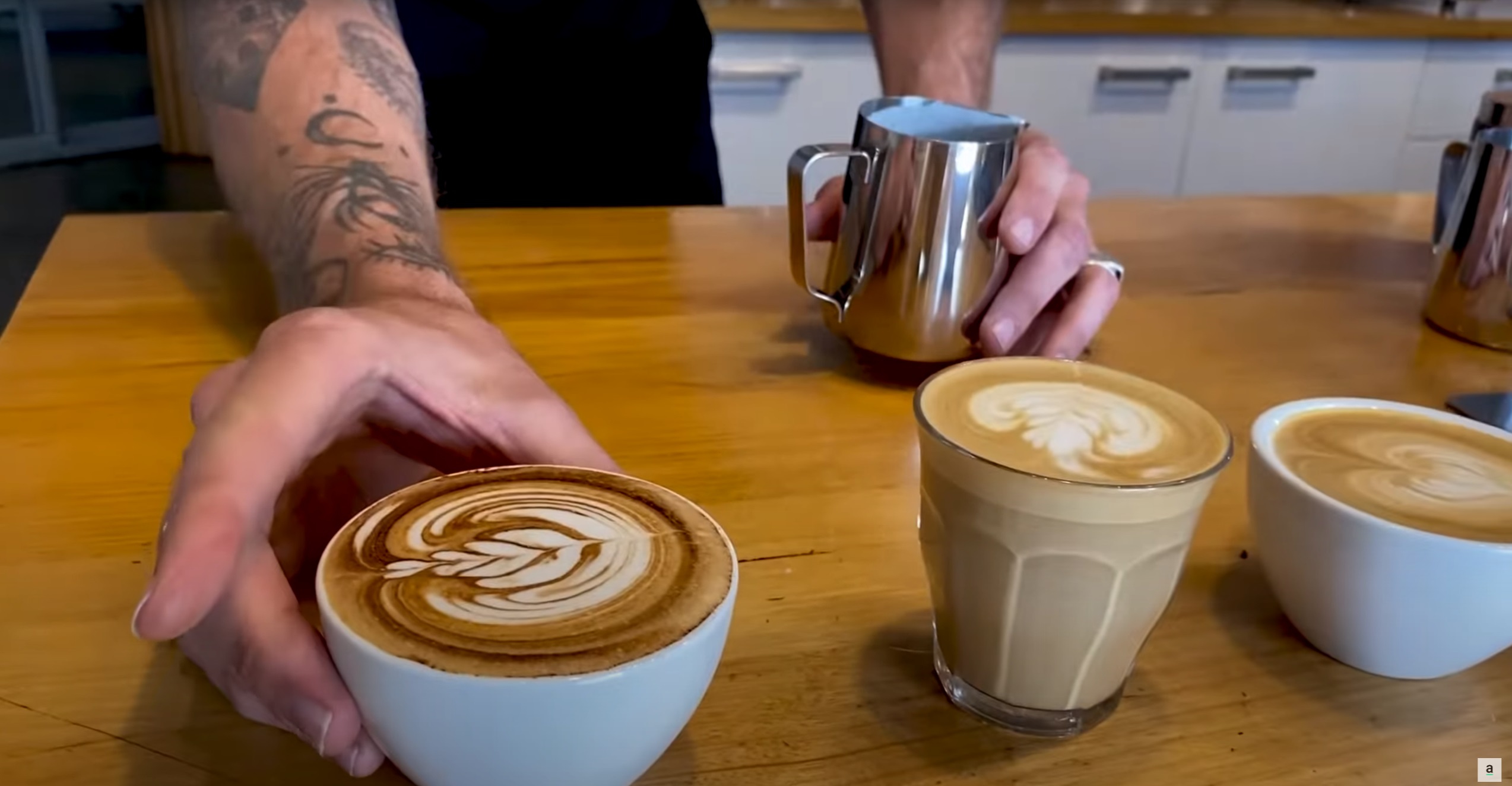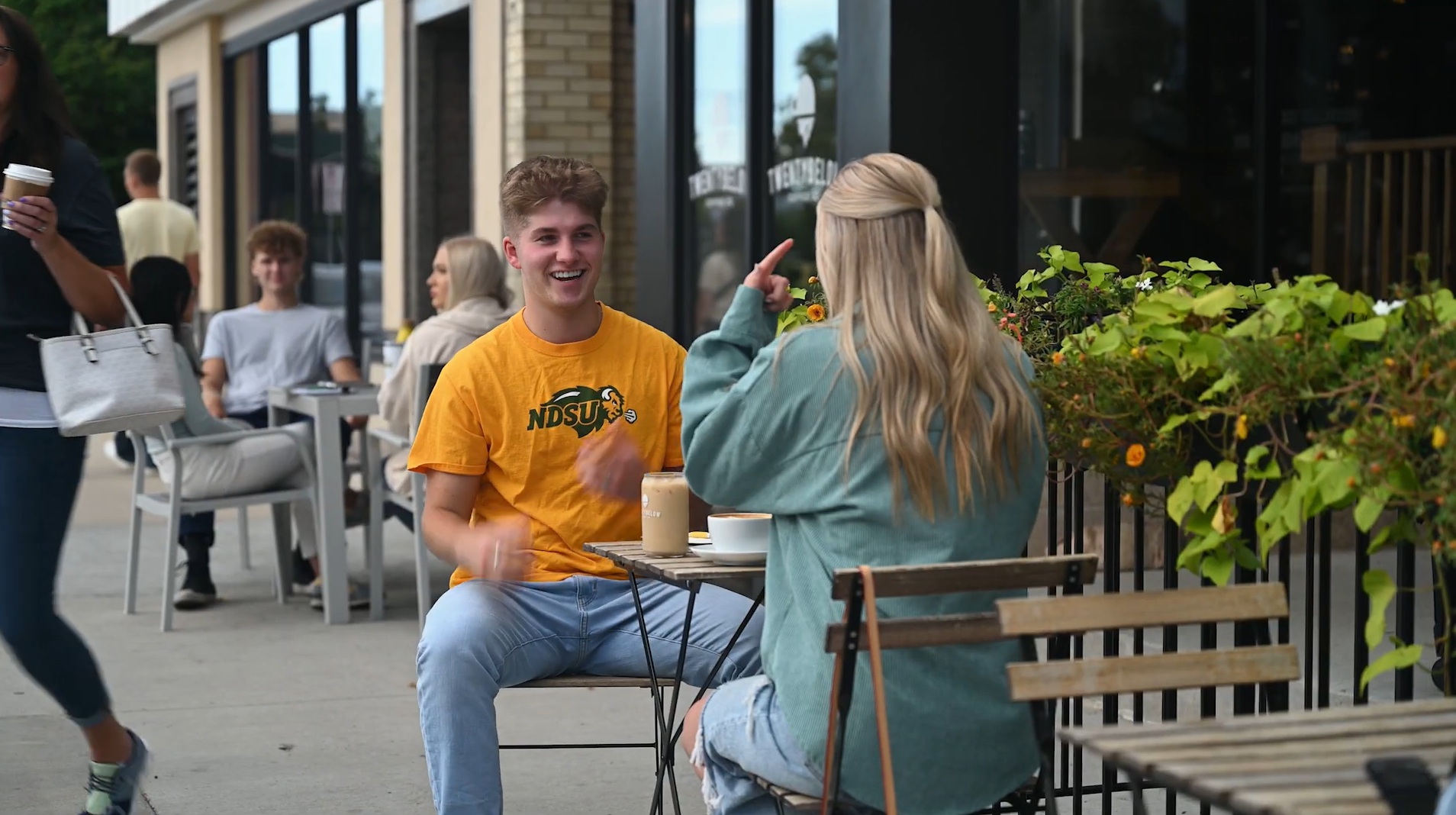Consolidated Financial Statement 2022: Net Position $13.033B (PDF Page 4) | Standards Georgia
The Oxford Olympics is a cherished tradition for incoming students @EmoryOxford— an evening filled with exciting team activities and friendly competition. Congrats to the Light Blue team for winning first place! 🎉 Full gallery: https://t.co/ahPzeqd2Zr pic.twitter.com/WUNQNLFUJC
— Emory University (@EmoryUniversity) September 2, 2025

























